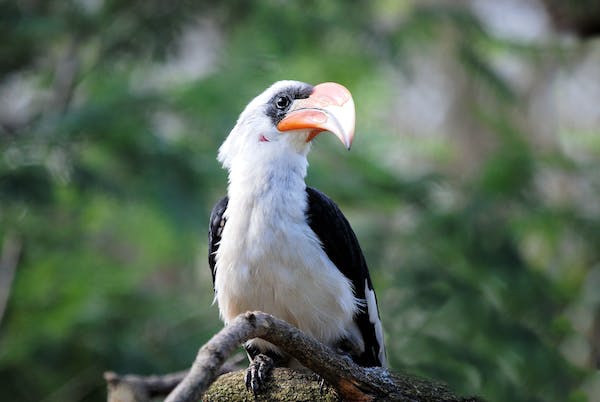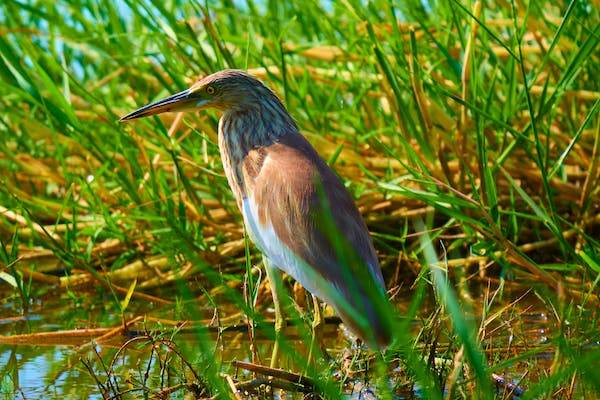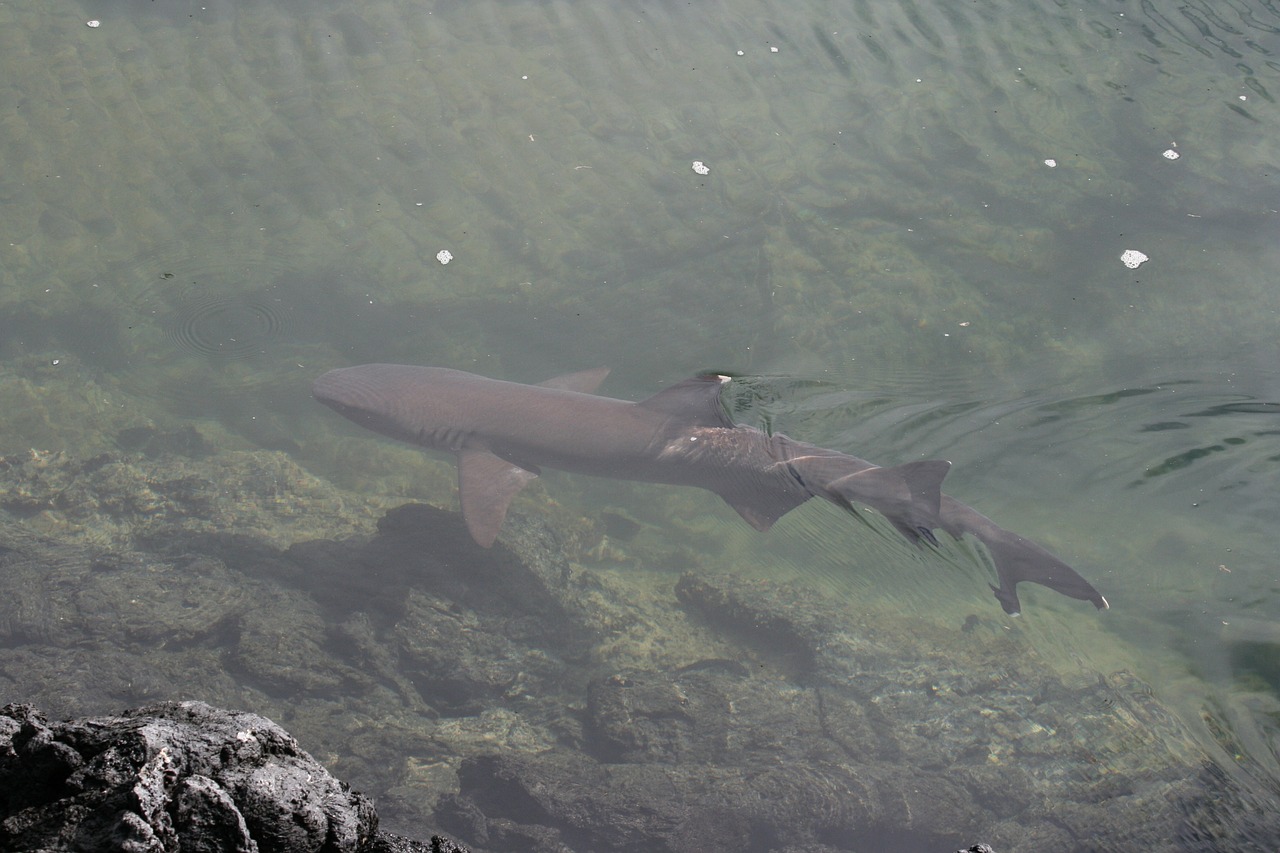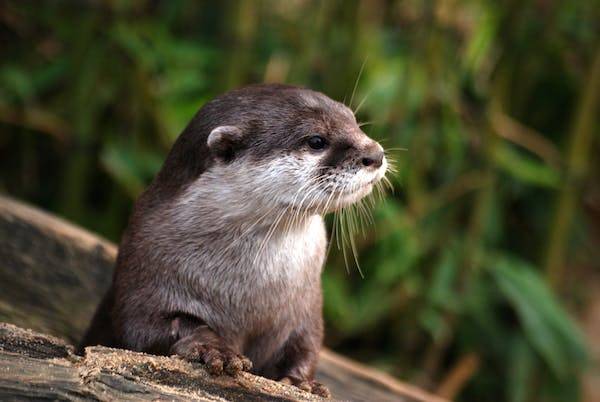Introduction
In the vast realm of biodiversity, the Bumblebee Hummingbird stands out as a miniature masterpiece. Our blog post delves into the intricacies of these tiny creatures and Bumblebee Hummingbird, exploring their biology, behavior, and the vital ecological role they play.
Understanding the Bumblebee Hummingbird
Anatomy and Size
The Bumblebee Hummingbird, scientifically known as Selasphorus heloisa, is a diminutive bird with an average length of just 2 to 2.4 inches (5 to 6 centimeters). Despite their minuscule size, these birds exhibit remarkable features, including iridescent plumage and a long, needle-like bill adapted for feeding on nectar.
Geographic Distribution
Native to the American continents, Bumblebee Hummingbirds are primarily found in Mexico and parts of Central America. Their habitats range from subtropical and tropical high-altitude shrublands to montane forests. Understanding their distribution is crucial for conservation efforts, as these habitats face various environmental challenges.
The Lifecycle of Bumblebee Hummingbirds
Reproduction and Nesting
Bumblebee Hummingbirds are known for their elaborate courtship displays. The male, adorned with vibrant plumage, engages in aerial acrobatics to attract a mate.
The female, responsible for nest construction, meticulously weaves plant fibers and spider silk to create a camouflaged, cup-shaped nest.
Feeding Habits
One of the most captivating aspects of these tiny marvels is their feeding behavior. Bumblebee Hummingbirds are expert hoverers, capable of rapid wing beats that allow them to remain stationary mid-air while sipping nectar from flowers.
Their specialized bills and long tongues are perfectly adapted for extracting nectar from the depths of tubular flowers.
Ecological Importance
Pollination Partnerships
Bumblebee Hummingbirds play a crucial role in pollination, forming symbiotic relationships with various flowering plants. As they feed on nectar, pollen from the flowers adheres to their heads and bills, facilitating cross-pollination and the reproduction of plant species.
This interdependence highlights the delicate balance of ecosystems and the importance of preserving biodiversity.
Conservation Concerns
Despite their ecological significance, Bumblebee Hummingbirds face threats from habitat loss, climate change, and pesticide exposure. Conservation efforts are essential to ensure the survival of these tiny pollinators and maintain the health of the ecosystems they inhabit.
Birdwatching and Conservation Tips
Creating a Hummingbird-Friendly Environment
For bird enthusiasts, attracting Bumblebee Hummingbirds to your garden can be a rewarding experience. Planting a variety of native flowering plants that bloom at different times of the year provides a continuous food source.
Additionally, avoiding the use of pesticides helps protect these delicate creatures.
Citizen Science Initiatives
Engaging in citizen science projects allows individuals to contribute valuable data to ongoing research on Bumblebee Hummingbirds. These initiatives often involve monitoring bird populations, tracking migration patterns, and documenting behavior. By participating in such projects, birdwatchers actively contribute to conservation efforts.
The Unique Social Dynamics of Bumblebee Hummingbirds
Territorial Behavior
Despite their small size, Bumblebee Hummingbirds are known for their territorial behavior, especially during the breeding season. Male hummingbirds fiercely defend their chosen territories, engaging in high-speed chases and aerial duels to establish dominance and secure access to nectar-rich flowers.
Communal Feeding Areas
Surprisingly, these territorial creatures also engage in communal feeding areas where multiple individuals, including males and females, gather peacefully to feed. Observing these communal interactions provides insights into the social dynamics and cooperative behaviors of these tiny birds.
Captivating Bumblebee Hummingbird Species
Violet-Crowned Hummingbird (Amazilia violiceps)
One of the captivating species within the Bumblebee Hummingbird family is the Violet-Crowned Hummingbird. Recognizable by its striking violet crown and throat, this species adds a burst of color to the diverse hummingbird palette.
Learning about specific species enriches our understanding of the biodiversity within the Bumblebee Hummingbird family.
Lucifer Hummingbird (Calothorax lucifer)
Named for its radiant plumage, the Lucifer Hummingbird is another remarkable member of the Bumblebee Hummingbird family. With its vibrant colors and unique markings, this species serves as a testament to the beauty and diversity found within the avian world.
Bumblebee Hummingbirds and Human Culture
Symbolism and Folklore
Across various cultures, hummingbirds, including the Bumblebee Hummingbird, hold symbolic significance. In many indigenous cultures, they are considered messengers, bringers of joy, and symbols of love.
Exploring the cultural connections to these birds adds another layer of appreciation for their presence in our world.
Artistic Inspiration
The beauty and grace of Bumblebee Hummingbirds have inspired artists throughout history. From ancient cave paintings to modern-day illustrations, these tiny Birds have left an indelible mark on human creativity.
Exploring the intersection of art and nature enhances our appreciation for the delicate balance between the human and natural worlds.
Conclusion
In the intricate tapestry of nature, the Bumblebee Hummingbird emerges as a tiny but vital thread. Understanding and appreciating these miniature marvels is not only a testament to the diversity of life on Earth but also a call to action for their conservation.
As we unravel the mysteries of these delicate creatures, let us strive to create a world where Bumblebee Hummingbirds can continue to thrive, ensuring the continued health of our ecosystems.






